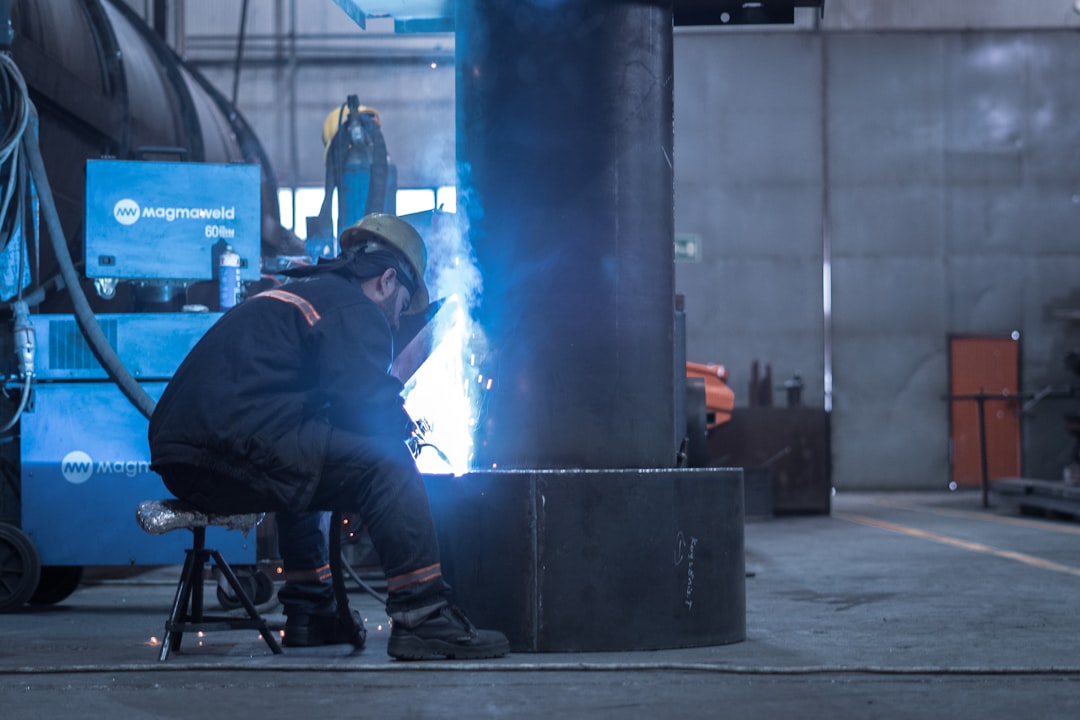In the world of construction, manufacturing, and engineering, the quality and safety of materials are paramount. Steel, a fundamental building block of countless structures and products, demands rigorous quality control. This is where CE certification comes into play. This comprehensive guide will delve into the world of CE-certified steel products, explaining their significance, the certification process, and why choosing certified steel is crucial for your projects.
What Does CE Certification Mean for Steel Products?
The CE marking (Conformité Européenne) is a mandatory conformity marking for products sold within the European Economic Area (EEA). It signifies that the product meets the health, safety, and environmental protection requirements set by European Union (EU) legislation. For steel products, this means the manufacturer has demonstrated compliance with relevant harmonized European standards (EN standards) and has undergone a conformity assessment procedure. This isn’t simply a tick-box exercise; it’s a rigorous process ensuring consistent quality and safety across the entire supply chain.
The Rigorous Process of CE Certification for Steel
Achieving CE certification for steel products is not a simple undertaking. It involves several crucial steps:
- Product Design and Specification: The manufacturer must meticulously design the steel product to meet the relevant EN standards. This includes specifying the chemical composition, mechanical properties, and dimensions of the steel.
- Testing and Verification: Rigorous testing is conducted to verify that the steel meets the specified requirements. This often involves independent testing laboratories accredited to perform these tests.
- Quality Management System (QMS): Manufacturers must implement and maintain a robust QMS, typically ISO 9001 compliant, to ensure consistent product quality throughout the manufacturing process. Regular audits are conducted to verify the effectiveness of the QMS.
- Conformity Assessment Procedure: Depending on the product’s classification and risk level, a specific conformity assessment procedure must be followed. This could involve internal production control, type examination, or even full quality assurance.
- Declaration of Conformity: Once all requirements are met, the manufacturer issues a Declaration of Conformity (DoC), a legal document stating that the product complies with the relevant EU directives and standards. This DoC is essential evidence of compliance.
- CE Marking: The CE marking can then be affixed to the product, indicating its compliance and allowing it to be legally sold within the EEA.
Benefits of Using CE-Certified Steel Products
Choosing CE-certified steel provides numerous advantages:
- Enhanced Safety: The most significant benefit is the assurance of safety. Certified steel meets stringent safety standards, reducing the risk of structural failures or accidents.
- Improved Quality: CE certification guarantees consistent quality, ensuring that the steel meets the specified properties and performance characteristics.
- Legal Compliance: Using certified steel ensures compliance with EU legislation, avoiding potential legal penalties and liability issues.
- Increased Reliability: The rigorous testing and quality control processes involved in certification lead to increased reliability and durability of the steel products.
- Enhanced Reputation: Using CE-certified steel enhances your project’s reputation, demonstrating a commitment to quality and safety to clients and stakeholders.
- Simplified Procurement: Procuring CE-certified steel simplifies the procurement process, as it eliminates the need for extensive independent testing and verification.
Applications of CE-Certified Steel Products
The applications of CE-certified steel are vast and span numerous industries:
- Construction: Structural steel for buildings, bridges, and other infrastructure projects.
- Manufacturing: Steel components for machinery, vehicles, and other industrial products.
- Automotive: Steel sheets and components for car bodies and other automotive parts.
- Energy: Steel pipes and components for pipelines, wind turbines, and other energy infrastructure.
- Offshore: Steel structures for offshore platforms and other marine applications.
Choosing Reputable Suppliers of CE-Certified Steel
Selecting a reputable supplier is crucial to ensuring that you receive genuine CE-certified steel. Look for suppliers who:
- Provide a Declaration of Conformity (DoC): The DoC is essential proof of compliance. Request it from your supplier.
- Have a robust quality management system (QMS): A well-established QMS indicates a commitment to quality and compliance.
- Are accredited by relevant certification bodies: Check if the supplier’s certifications are from recognized and accredited bodies.
- Can provide traceability documentation: Traceability ensures that the steel can be tracked from its origin to the final product.
- Have a good reputation and positive customer reviews: Research the supplier’s reputation and read customer reviews to assess their reliability.
In conclusion, choosing CE-certified steel products is a crucial decision for any project requiring high quality, safety, and legal compliance. By understanding the certification process and selecting reputable suppliers, you can ensure that your projects benefit from the superior quality and reliability of certified steel.
Tags: CE certified steel, steel certification, European conformity, steel quality, construction steel




